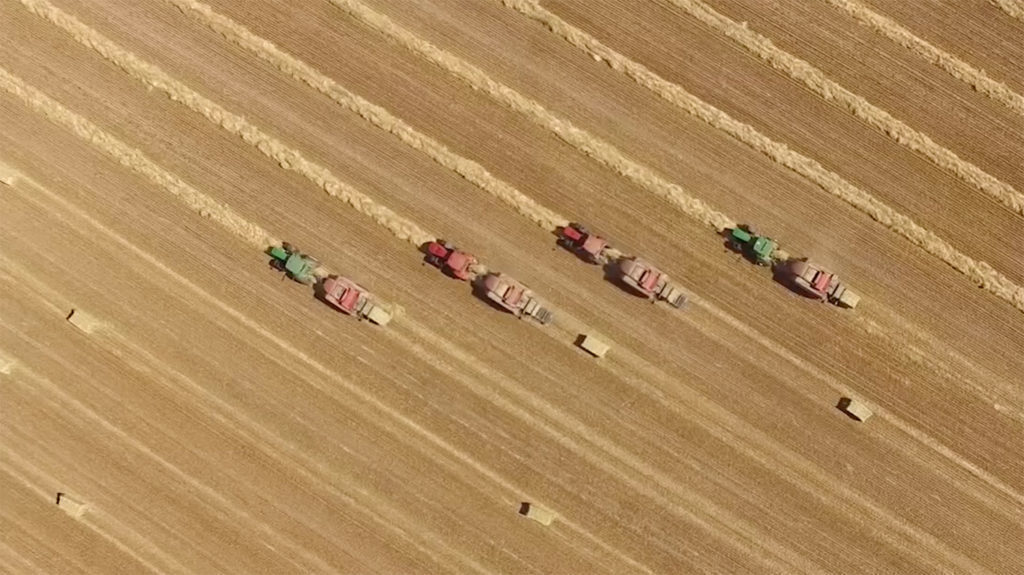AgriFutures Australia Manager Emerging Industries, Laura Skipworth said one of the fundamental components in growing Australia’s emerging industries is developing thorough research, development and extension (RD&E) plans.
“RD&E plans are designed to not only detail the priorities for an industry, but to also identify any key opportunities and barriers to growth,” she explained.
“A considerable amount of work goes into the development of an RD&E plan, from desktop research, to stakeholder engagement. A plan paints a picture of the current state of the industry, where it wants to get to, and how.”
Ms Skipworth said although emerging industries generally have a small support network, fostering collaboration – sharing knowledge, learning from each other’s experiences and ensuring plans are representative of the entire industry – is central to success.
“It is vital to have whole of industry buy-in and perspective,” said Ms Skipworth.
“Involving industry stakeholders from across the entire supply chain – producers, processors, transport and logistics, wholesalers, researchers, industry bodies – means that RD&E plans are representative of the entire industry.
“Importantly, those who make up the industry at all levels feel a sense of ownership and an increased desire to drive the implementation of the plans.”
Cultivating an industry wide approach crucial to success
One emerging industry that is rapidly gaining momentum is the Australian seaweed industry. Jo Kelly, CEO of Australian Seaweed Institute, said it has taken a collaborative effort to drive industry growth.
“Collaboration has been crucial for developing a seaweed industry strategy and plan. The Australian Seaweed Industry Blueprint was developed over several months with input from stakeholders across research, government and industry nationally.
“It was really important to represent the industry opportunity for Australia as a whole and the process has given us a reference point to help support individual business cases. It also created the opportunity for people to meet and network and a number of collaborations have sprung up from those introductions.”
Ms Kelly said that a key outcome of the collaboration has been the formation of a peak body for the seaweed industry, the Australian Sustainable Seaweed Alliance (ASSA).
“With support from the AgriFutures Emerging Industries Program, the ASSA was formed to be the voice of the industry and help drive the development and change needed to accelerate impact.”
“Collaboration between industry, researchers and government will be critical if we are to realise the opportunity of a seaweed industry for Australia and the economic, environmental and social benefits it can have for the nation.”
Ms Kelly said that the development of a clear RD&E plan is helping to focus investment into the right building blocks needed to support the whole industry and commercial outcomes.
Collaboration yields real results
Another success story is the export fodder industry, which has grown significantly from an emerging industry to a highly profitable and competitive player within the grain sector, with an industry-wide RD&E Levy.
Mark Heaslip, Chairman of AEXCO said it was a collaborative effort that led to the establishment of the Export Fodder RD&E Levy.










